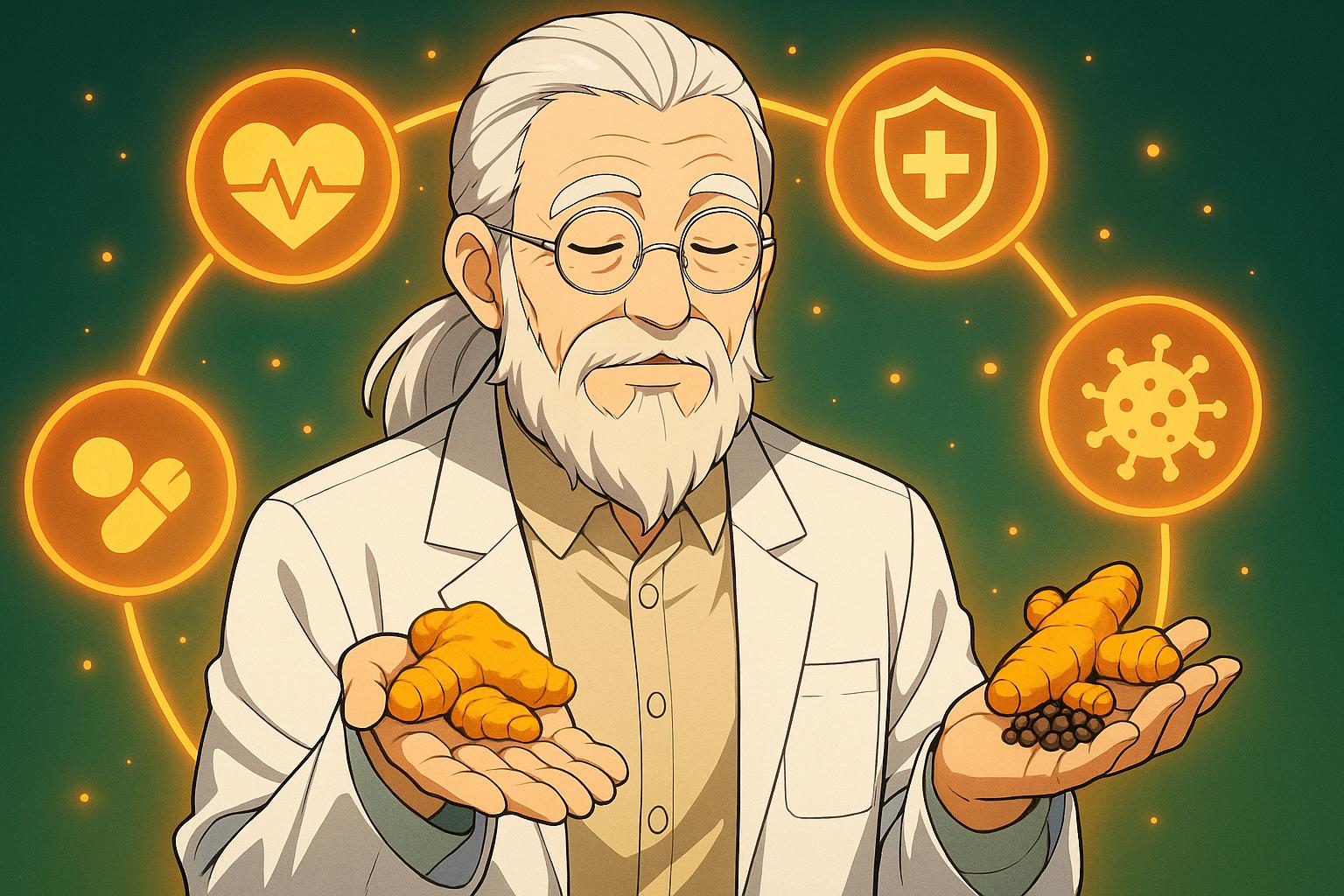The challenge of chronic inflammation is becoming increasingly prominent in discussions about health, particularly given its links to various diseases such as heart disease, diabetes, cancer, and even Alzheimer’s. The alarming reality is that low-level, persistent inflammation not only contributes to these conditions but can also exacerbate them. Recognising this, health professionals are advocating for a more nuanced understanding of inflammation, with an eye towards preventative strategies focusing on lifestyle adjustments, including dietary changes and increased physical activity.
In the forefront of this dialogue is Patel, a seasoned figure in community pharmacy and long-time advocate for patient health. His recent book delves into the complex relationship between chronic inflammation and overall health, borne from his experiences navigating the dire effects of Covid-19 and a deep inquiry into the factors influencing health outcomes. It brings to light the urgent need for individuals to be not just physically fit, but also immunologically resilient—a distinction that many may overlook.
Patel's observations parallel broader findings in the field, where chronic inflammation has been observed to be a key player in the onset of diseases that are now considered leading causes of mortality globally. In fact, research indicates that chronic inflammation contributes to over 50% of all deaths worldwide. Such insights suggest that strategies aimed at managing inflammation must be integrated into everyday health practices, which could significantly mitigate the risks associated with chronic conditions.
Central to Patel's narrative is the role of diet. He emphasises the benefits of spices, particularly turmeric and black pepper. Turmeric's active compound, curcumin, has shown promise in various studies as a powerful anti-inflammatory agent, and its efficacy is markedly increased when combined with piperine from black pepper, enhancing absorption rates by as much as 2000%. This synergy offers practical guidance for those seeking to improve their health through dietary means. Evidence supports the notion that incorporating these spices can provide protective benefits against chronic diseases, aligning with growing interest in holistic and integrative health approaches.
However, Patel extends this conversation beyond mere food recommendations. He underscores the critical lifestyle factors that play a significant role in controlling inflammation, which includes regular exercise and mental well-being practices such as meditation. It is through movement that the body releases myokines, substances known for their anti-inflammatory effects, underscoring the interconnectedness of physical activity and immune resilience.
The narrative takes a personal turn as Patel reflects on the health trajectories of his father and uncle, illustrating the real-world implications of lifestyle choices. The contrasting outcomes emphasize his plea for dietary reform and increased physical activity, which he argues can lead to longer, healthier lives. This perspective reinforces the idea that lifestyle interventions not only extend life expectancy but also enhance the quality of life in later years.
In echoing societal health trends, Patel highlights the concerning statistics surrounding South Asian communities, where the prevalence of coronary heart disease is disproportionately high. Such disparities necessitate targeted health strategies that cater specifically to the cultural dietary habits and lifestyle choices prevalent within these communities.
Patel’s book offers preemptive and evidence-based advice, presenting twelve actionable steps to combat inflammation. Among them are shifts towards organic foods, increased vegetable intake, and reducing red meat consumption, all of which align with current dietary guidelines promoting plant-based diets rich in diversity and colour.
As he narrates his own recovery journey from the debilitating effects of long Covid, Patel's transformation serves as a powerful testament to the efficacy of his proposed lifestyle alterations. At 71, he claims to be in his best health, illustrating that age need not dictate vitality. His experiences provide both inspiration and a model for others to explore changes that could lead to improved well-being.
In conclusion, Patel’s work invites a broader conversation about the necessity for community pharmacists, general practitioners, and healthcare providers to pivot towards a preventive healthcare model. The shift from treating illnesses to fostering resilience can empower individuals to take charge of their health, potentially mitigating the massive burden of chronic illnesses that are presently on the rise. As governmental policies increasingly favour preventative measures, Patel's insights could prove to be foundational in shaping a healthier future for generations to come.
Reference Map:
- Paragraph 1 – [2], [5]
- Paragraph 2 – [1], [4]
- Paragraph 3 – [3], [7]
- Paragraph 4 – [2], [6]
- Paragraph 5 – [1]
- Paragraph 6 – [1], [5]
- Paragraph 7 – [1], [2]
- Paragraph 8 – [1], [2]
Source: Noah Wire Services
